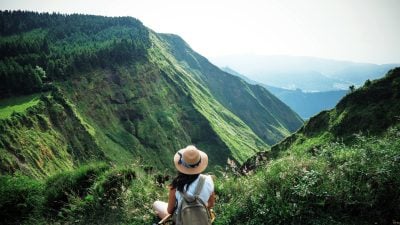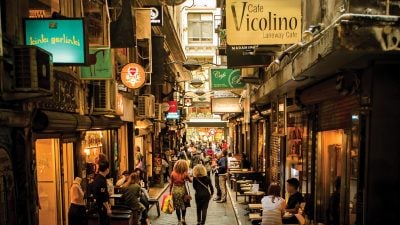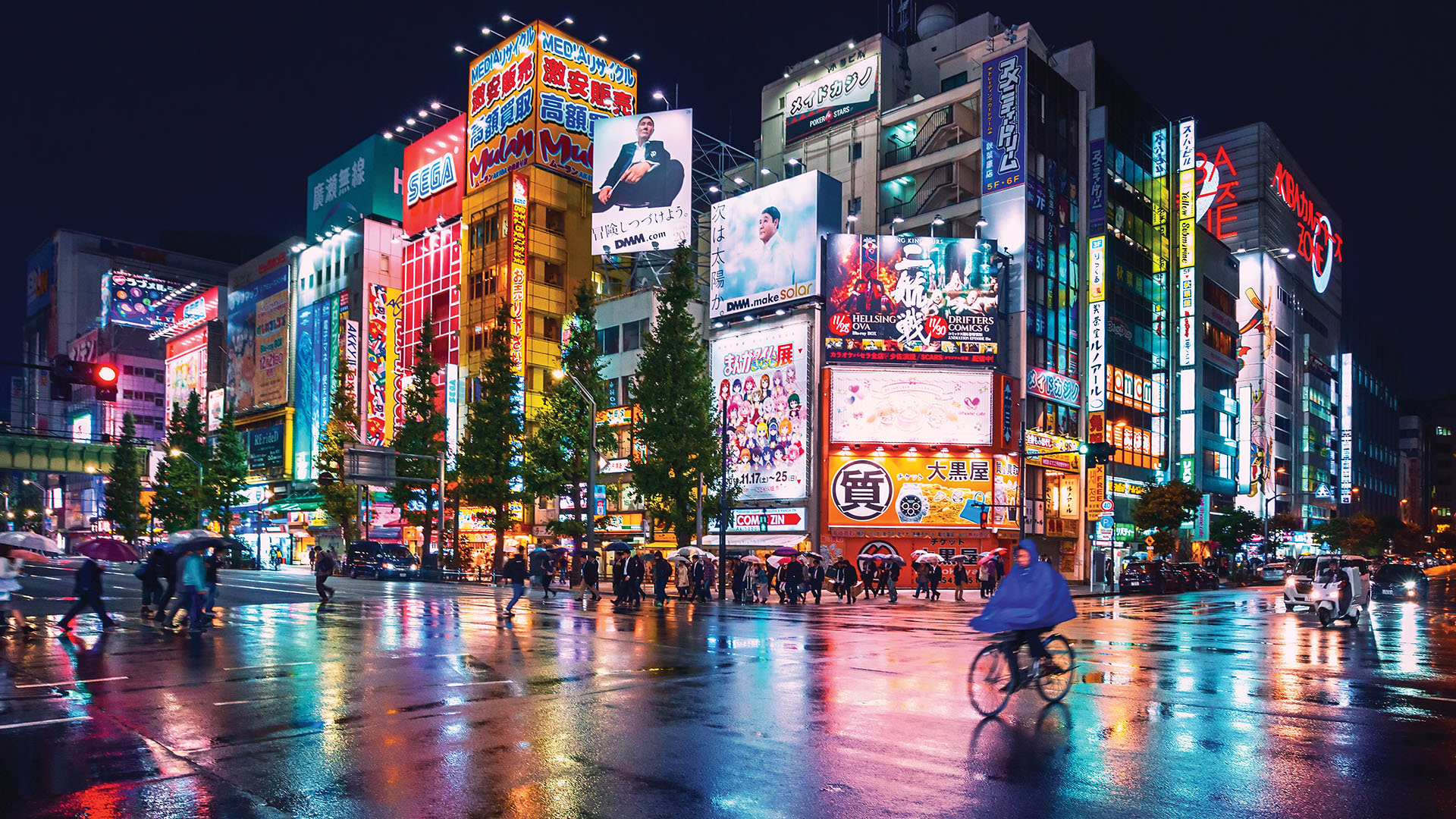
Tokyo: The Enduring City
When you’re in Tokyo, it doesn’t feel like you’re in the largest city in the world. It’s big, to be sure. Come sundown, crowds of workers flood out of Shinjuku Station like Hokusai’s famous Great Wave. In Shibuya to the south, the iconic scramble crossing offers a constant dance of people moving in all directions at all hours of the day. But in the midst of the crowds, there is no chaos, no bustle. Everyone moves with polite purpose.
It’s just after 8am and I’m strolling down Uchibori dori. To my right lie the grey stones and manicured gardens of the Imperial Palace soaking up the bright sun of a Tokyo morning. The palace workers in their crisp suits and ironed skirts parade to Sakashita-mon Gate to start their workdays. Cars drive by me along the ring road to my left. I cross the road and stroll the three blocks east to Tokyo Station. At the ticket booth, I select the English language option and punch in my destination: Suidobashi, right near Tokyo Dome City, the amusement park that encircles the baseball stadium. I pay my fare: 170 yen, which converts to a little over $1 US. I catch the train and ride a few stations northwest where I reach my destination. The whole process takes around seven minutes, from when I first approach the ticket booth to when I arrive at Tokyo Dome City.
Seemingly everything is so simple in Tokyo. If you want a drink or a snack, a well-stocked vending machine is on every corner. If you want to purchase a beer or some groceries, a konbini (convenience store) is only a block away, offering a level of cleanliness, quality, and service that is unheard of in the West. The streets are clean. People even line up for the subway, which arrives every minute on the minute. The rarest of 30 second delays will bring a profuse apology over the intercom from the conductor, who is ashamed for causing such a delay. The people are friendly, hospitable, endlessly accommodating. The first time I was in Tokyo, I arrived jetlagged and lost in the streets of Kanda. Within two minutes of getting off the train, no fewer than three complete strangers had approached me to ask if they could help me find where I was going. Later trips to Japan would prove this spirit of omotenashi (Japanese hospitality) was not a fluke; it’s essential to life here.
Tokyo does it better. Everything and everyone functions with a clarity and efficiency that is the envy of those lucky enough to visit. But it wasn’t always this way. The innovation of Tokyo was born out of necessity, forged in the fires of tragedy over the past century.
A City Brought Low

On September 1, 1923, Tokyoites prepared their lunches over open fires and grills. As they added more charcoal to the fire and boiled their rice, a 7.9 magnitude earthquake hit Sagami Bay off the southeastern coast of Honshu. The earthquake ripped through Tokyo and Yokohama directly to the north. It toppled buildings. Flames from open kitchen fires spread to wooden walls and soon a fire whirl blazed through the city, burning down its high-density wooden housing. In the end, a confirmed 105,000 people died in the disaster, with another 40,000 missing. The disaster came to be known as the Great Kanto Earthquake, and it set in motion the actions that forged Tokyo as it is today. Not that Tokyo was free of hardship in the coming decades. During World War II, American planes bombed the city and burnt it to the ground once again. Another 100,000 Tokyoites lost their lives in the air raids and the decade that followed was one of famine and a difficult rebuilding.
In the aftermath of these disasters, Japan introduced the Building Standards Act, which required cities to be able to better withstand fires and earthquakes. As a result, Tokyo was rebuilt with lower density wooden neighborhoods, more green space, and wider roads. As well, the country would prepare its citizens for disaster. Each September 1 since 1960 has been known as Disaster Prevention Day. Citizens take part in drills and the public pays respects to those lost in devastating natural disasters, including the Great Kanto Earthquake as well as the Tohoku Earthquake and Tsunami of 2011.
1964 brought the Tokyo Summer Olympics and the city went through a modernization that saw concrete high-rises replace traditional wooden homes. However, much of the construction proved to be an overcorrection. As Professor Hidenobu Jinnai of Hosei University commented in an article for The Guardian, “The Tokyo Olympics in 1964 decisively caused the loss of [Tokyo as a] ‘water city.’” Tokyo’s canals were paved over, water pollution was exacerbated, and many of the Meiji-era buildings and bridges were lost. Soon, Tokyoites realized that all new developments in Tokyo needed to balance tradition with innovation, core Japanese style with new practices introduced from the West. Tokyo learned to prepare and plan and build forward.
There is a Japanese proverb, ichinen no kei wa gantan ni ari, which roughly translates to “A whole year should be planned on New Year’s Day.” The meaning: all success begins with preparation and planning. Tokyo demonstrates the truth of this proverb. Over the past century, the city and its people have learned this lesson well.
Tradition vs. Innovation

As Director of Tokyo Tourism’s Canadian representative office, Shin Kawai understands how Tokyo’s citizens were forged by generations of tragedy. “We lost a lot, but that gave us the chance to rediscover our traditional life,” he tells me over a Zoom call. “These days, whenever any urban renewal or city planning is done, they look at their own tradition. They try to incorporate and find the right balance between their own culture and tradition with the latest architectural technology.”
In Tokyo, it doesn’t take long to see a demonstration of this balance in practice. Stroll through any neighbourhood in Tokyo and you’ll inevitably spot small stone statues of a round-headed, crescent-eyed deity known as O-jizo-sama. Traditional belief holds that O-jizo-sama protects children from hardship and illness and cares for the souls of children who have passed away. “Local people put flowers or food and some drinks there [for O-jizo-sama],” says Shin Kawai. “They’re trying to keep this local tradition in their neighbourhood so they don’t turn into a sort of cold, concrete-surrounded neighbourhood.” You’ll find these statues next to the tallest skyscrapers or brightest neon lights in Tokyo, a reminder of tradition in the modern era.
When Tokyo embarks on urban renewal, the needs to increase infrastructure and facilitate growth are balanced with a desire to preserve the unique aesthetic and atmosphere of neighbourhoods. The recent development of Shimokitazawa is emblematic of Tokyo’s approach to innovation. Located in Setagaya City in western Tokyo, the neighbourhood known as “Shimokita” is famous as a hub for Tokyo counter culture. Walk its narrow streets lined with vintage stores, curry restaurants, and avant-garde theatres and you swear you’ve travelled back in time to Japan’s version of Greenwich Village in the 1960s. All the buildings in Shimokita are limited to two-storeys and the residents are painters, musicians, eclectic curators of the fringe.
In 2003, it was announced that a part of the Odakyu Line in Shimokita would be redeveloped to run underground to make way for a new road. Members of the community protested and after years of deliberation, the land that was vacated by trains in front of Shimokitazawa Station was repurposed as Mikan Shimokita, a shopping and restaurant complex that blends into the distinct character of the neighbourhood rather than paving it over with indistinct concrete. To Shimokita’s residents, a city without character is not a city worth improving.
The Kaizen Way
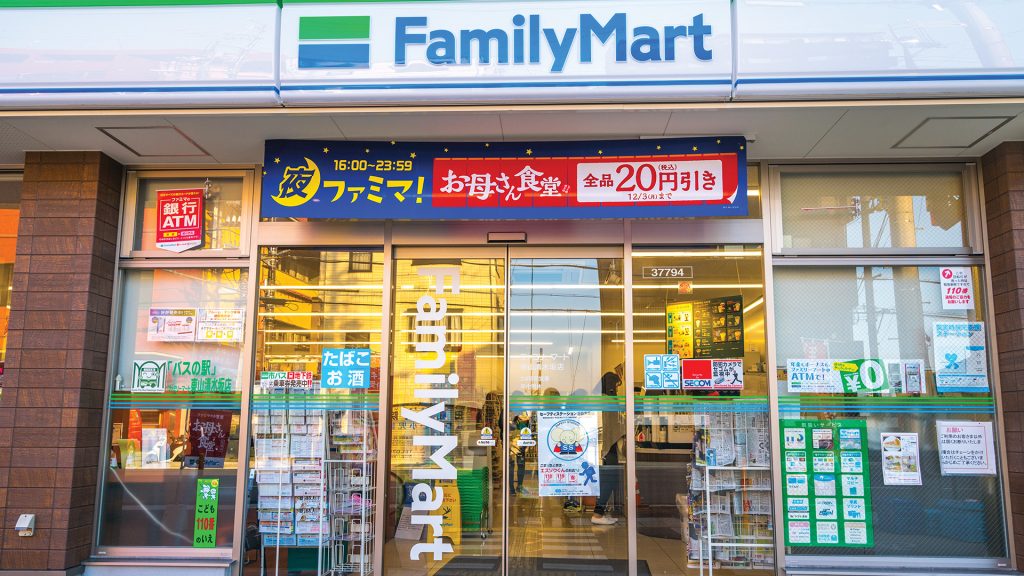
In the years following World War II, American economists and engineers such as W. Edwards Deming brought their industrial strategies to scale up Japanese production. Taiichi Ohno, an industrial engineer working for Toyota, took the American ideas and synthesized them with a uniquely Japanese approach to business and work. The result was the Toyota Production System, which became famous in the 1980s and 1990s as Japanese manufacturers led the world in automobile production. A key to Toyota’s success: kaizen.
Kaizen literally means “good change” or “improvement” and “is Japanese people’s approach to everything,” says Shin Kawai. Kaizen applies to cities as well as cars. The greatest demonstration of kaizen in Tokyo is the local subway system, which services eight million passengers per day and comprises 282 stations and 13 lines running over 300 km / 186 mi. However, the subway is only a part of Tokyo’s rail transit line, which features 992 stations and has 40 million daily fares. In Tokyo, you can get anywhere by train. And the system is constantly being expanded and updated, with construction taking place underground, as it did in Shimokita, so as not to interfere with the daily lives of Tokyoites.
Konbini are the other ever-present reminder of kaizen in daily life in Tokyo. Japan introduced convenience stores in the 1970s, including local brands such as FamilyMart and Lawson, and popular American chains such as 7-Eleven. They are open 24/7 and offer an assortment of goods at affordable prices, but that’s where the comparisons to their Western counterparts end. Konbini are exceptionally clean, bright, and well stocked. And the goods they sell are not second rate. You can find curated bento lunches at konbini, as well as gourmet snacks such as onigiri (Japanese rice balls) and fried chicken. The late chef and food guru Anthony Bourdain even famously stated that Lawson’s egg salad sandwiches were one of his favourite snacks in the whole world. In Tokyo, even a simple convenience store snack is worth making great.
The Centre of the Culinary World
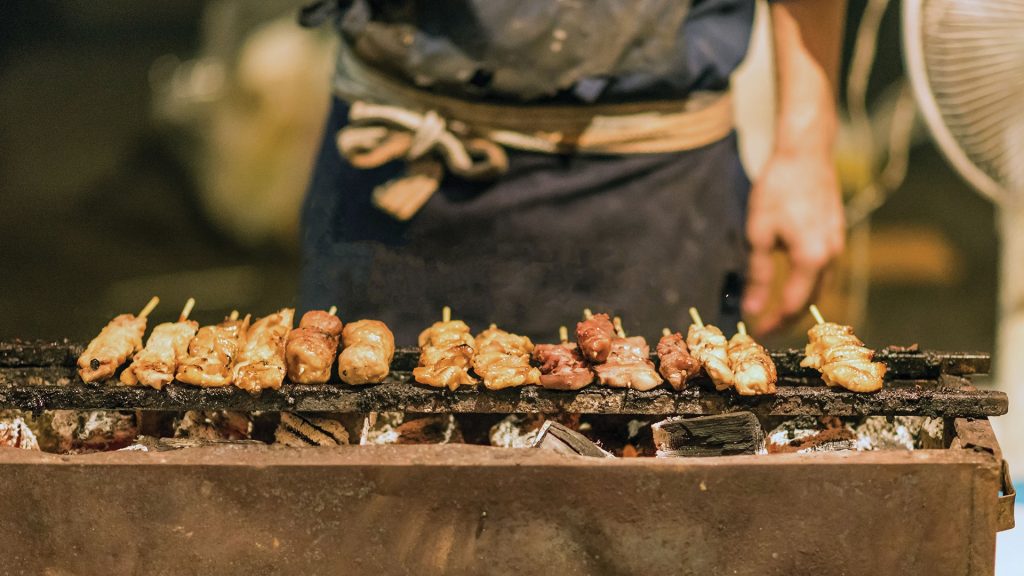
The first time Christine Ji saw Tokyo in person, it felt almost familiar. On the night time car ride from Haneda Airport to her hotel in Shinjuku, she felt like she was passing through an alternate version of her hometown of Shanghai. “It was crowded and busy and there were lots of neon lights and large buildings,” she tells me over the phone. “I even recognized some of the characters on store signs [Japanese kanji is based on originally Chinese characters]. It felt like home.” But she soon realized that Tokyo was a very different place with its own astounding appeal. Christine’s work as a travel professional at Goway had led her to countless cities around the world. But in Tokyo, she was experiencing a city that operated more efficiently than she had ever experienced before. The attention to detail extended to the food and service.
The Japanese treat each service as an artform to be perfected over a lifetime. “I went alone to a restaurant to order a traditional breakfast and was immediately struck by what I experienced. The moment when I sat down, there was a tiny yellow flower sitting on my table, a perfect little decoration. Later on, I took a photo of every dish they brought out, even the decorations, the covers, the chopsticks. There were delicate letters on the leaves holding the fish. They work with such detail and so hard at everything they do. It made me very happy to see.” In Tokyo, no detail is too small to ignore.
When you eat in celebrated restaurants in other cities in the world, Tokyo’s culinary influence looms large. In world-renowned restaurants in Hong Kong, Singapore, Paris, New York, set menus brag about “Japanese-influenced” ingredients, “Japanese-bred wagyu beef,” “Japanese-inspired” cooking styles. Japan has supplanted France as the global standard, and Tokyo is the centre of this culinary titan. Tokyo has 200 Michelin-starred restaurants, the most of any city in the world. But the delights of its culinary culture are not limited to fine dining.
Head to the restaurants and stalls of the Tsukiji Outer Market, former home of the famous fish auction, and you’ll spot long lines of foreign visitors waiting to purchase world-famous tamago sando (egg sandwiches) at local stalls. Descend to Ramen Street on the bottom floor of Tokyo Station and you can feast on some of the world’s best shoyu or miso ramen while dozens of trains move thousands of people a few floors above you.
Tokyo’s culinary diversity knows no bounds. “It’s the variety, the street food scene, the konbini experience,” says Shin Kawai. “You can spend five dollars and get a very satisfactory food experience in Tokyo. And you can also spend thousands of dollars. And that still has value in it.” I ask Kawai-san why Tokyo is able to stay at the cutting edge of the global food scene and he has a very simple answer: “Japanese people are extremely fussy about food. In order to survive in Tokyo as a restaurant, they have to keep inventing something new. First they have to serve something extremely tasty, and then they have to keep creating something that will continue to attract people.” Even Tokyo’s culinary scene is tied to endurance, its innovation essential to its survival.
The Omotenashi Spirit

All the industriousness of Tokyo wouldn’t mean a thing if the people who lived there didn’t support one another. The citizens of many global metropolises like to act as if their resilience is born from their indifference towards their fellow citizens. Tokyoites are resilient, but they understand that caring for your neighbours is essential to a good life in a big city.
“When people visit Japan and Tokyo and come back [to North America], I ask them, ‘So what did you like about Tokyo?’ and most people say, ‘Oh, I loved the people there.’ That’s the first thing they mention,” says Shin Kawai. “In Japan, we have the Shikoku pilgrimage route,” a traditional series of walking trails along the island of Shikoku, which connects to 88 temples associated with the venerated Buddhist monk Kobo Daishi. “There’s a tradition of local people who help those pilgrims when they pass their houses. They offer water and food and sometimes, if really necessary, lodging. So that omotenashi spirit goes a long way back in history.”
Stroll through the traditional neighbourhoods of Ueno or Yanaka and you’ll notice this omotenashi spirit animates the people you meet in Meiji-era gardens, local grocers, and temple grounds. But it’s most alive where there is food. Food is the window into a culture, as Shin Kawai reminds me, and it’s over food that people unite despite their differences in language, class, ethnicity.
The spirit is alive in the food stalls and cramped beer stands of Shinbashi, where you can feast on kushiyaki (grilled skewers) and cold beer alongside salarymen and visitors from Australia, Korea, Italy as trains run overhead. It’s alive in the stalls, shops, and bars of gritty Ameyoko, which grew out of the black markets that kept Tokyo fed during the scarce postwar years.
It’s alive in a small ramen restaurant I visit in Chiyoda, where the older chef and owner, on the verge of retirement, mans a massive pot of broth and serves a small assortment of dedicated patrons alongside his wife. It’s alive in the good food, good drinks, the care of the chef and the awe of his patrons, the slurp of noodles, the smiles after finishing the last drop of broth, the laugh over a joke that speaks across languages and cultures, when two people from opposite sides of the world can unite in a shared moment and meal.
It’s all about the little things in Tokyo. And the big things. A hundred years ago, the city was brought low and it stood back up, again and again. The city, like the omotenashi spirit of its people, was not broken. It rebuilt. It improved. It endures.
This article was originally published in No. 31 of Globetrotting Magazine.
Get more travel inspiration by email.
Subscribe
1 Comment
Most Voted

Get the latest travel trends & hear about the best deals on vacations around the world.
If you’re a Globetrotter, these are the newsletters for you!

